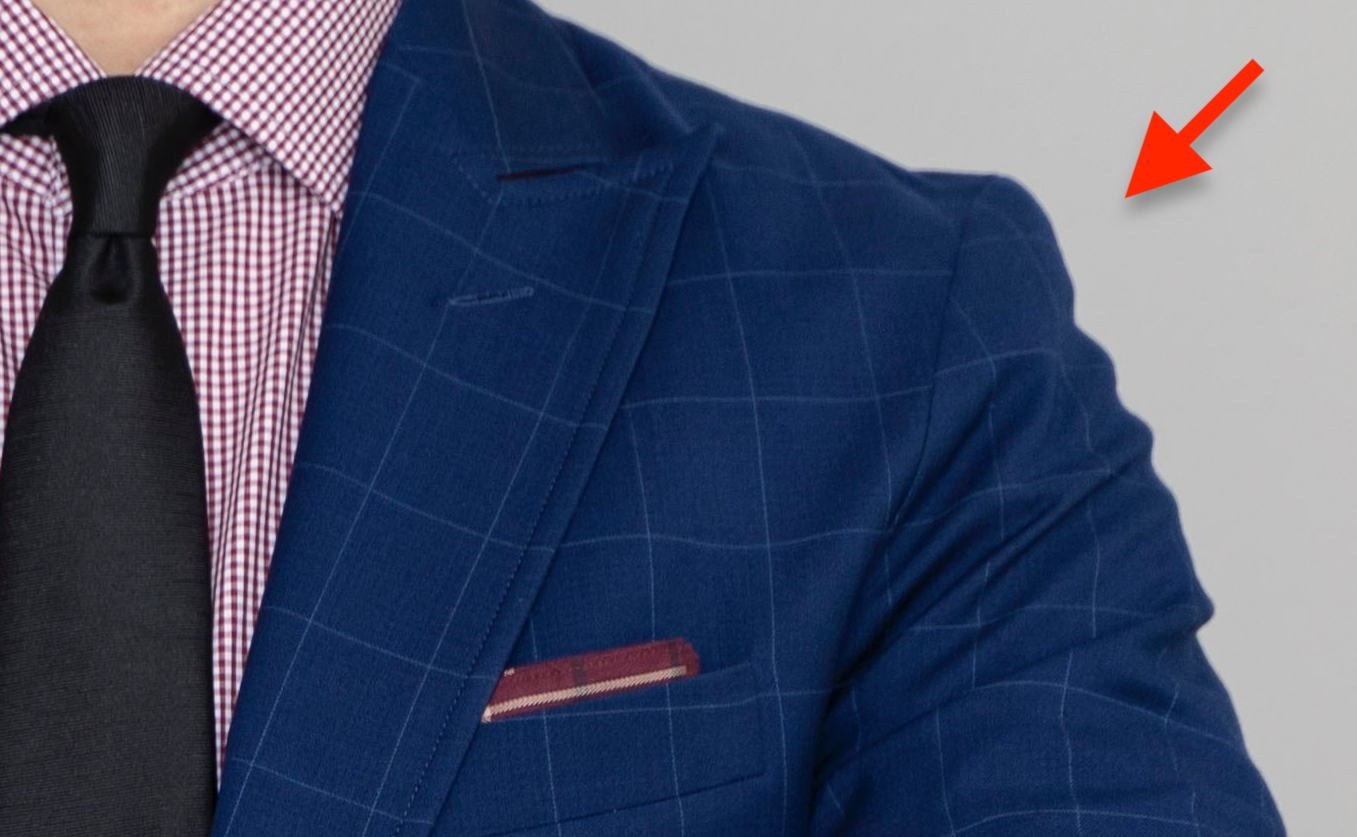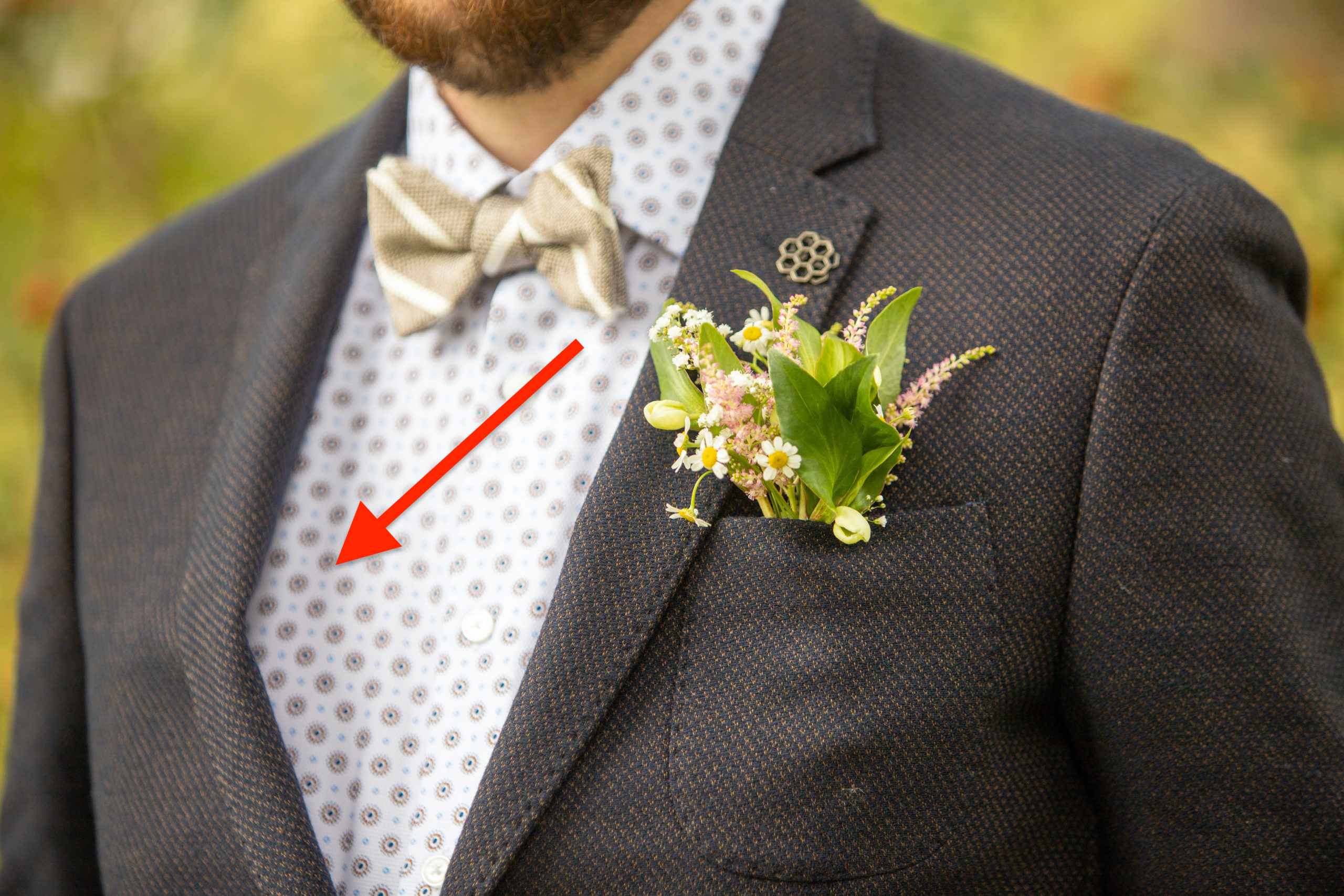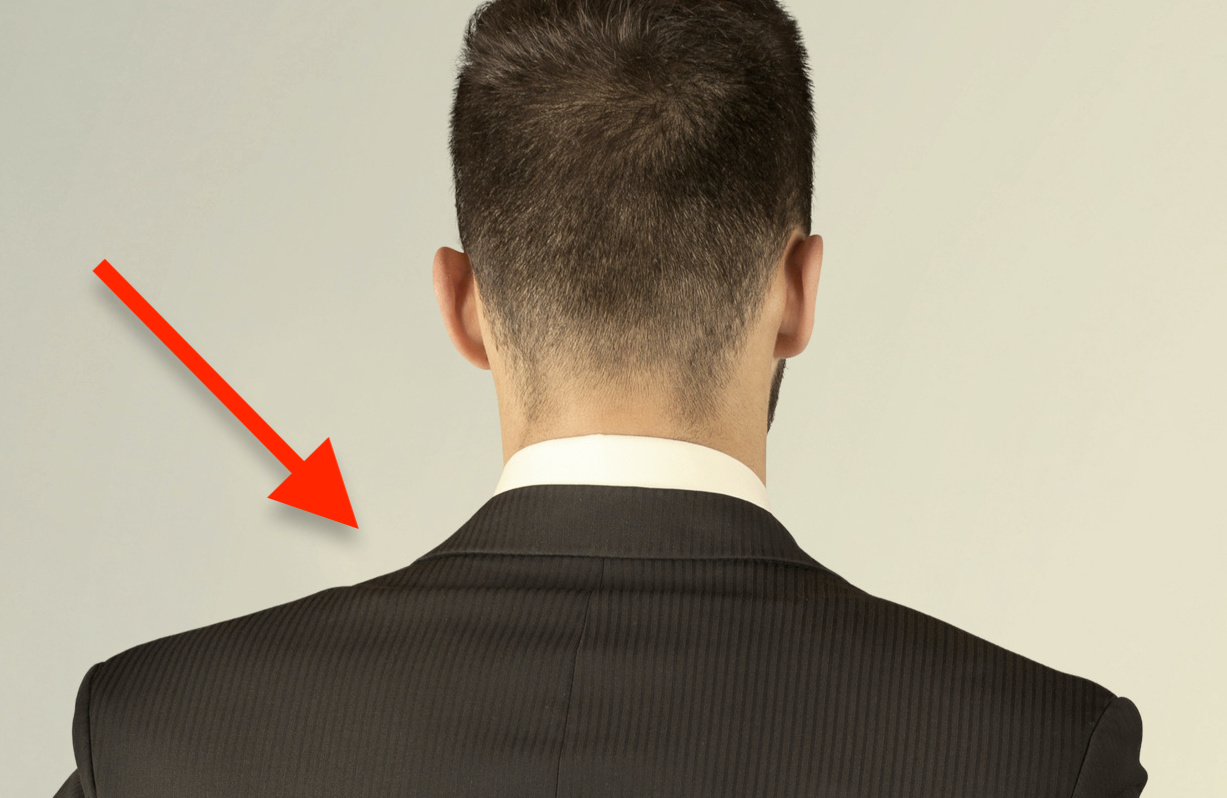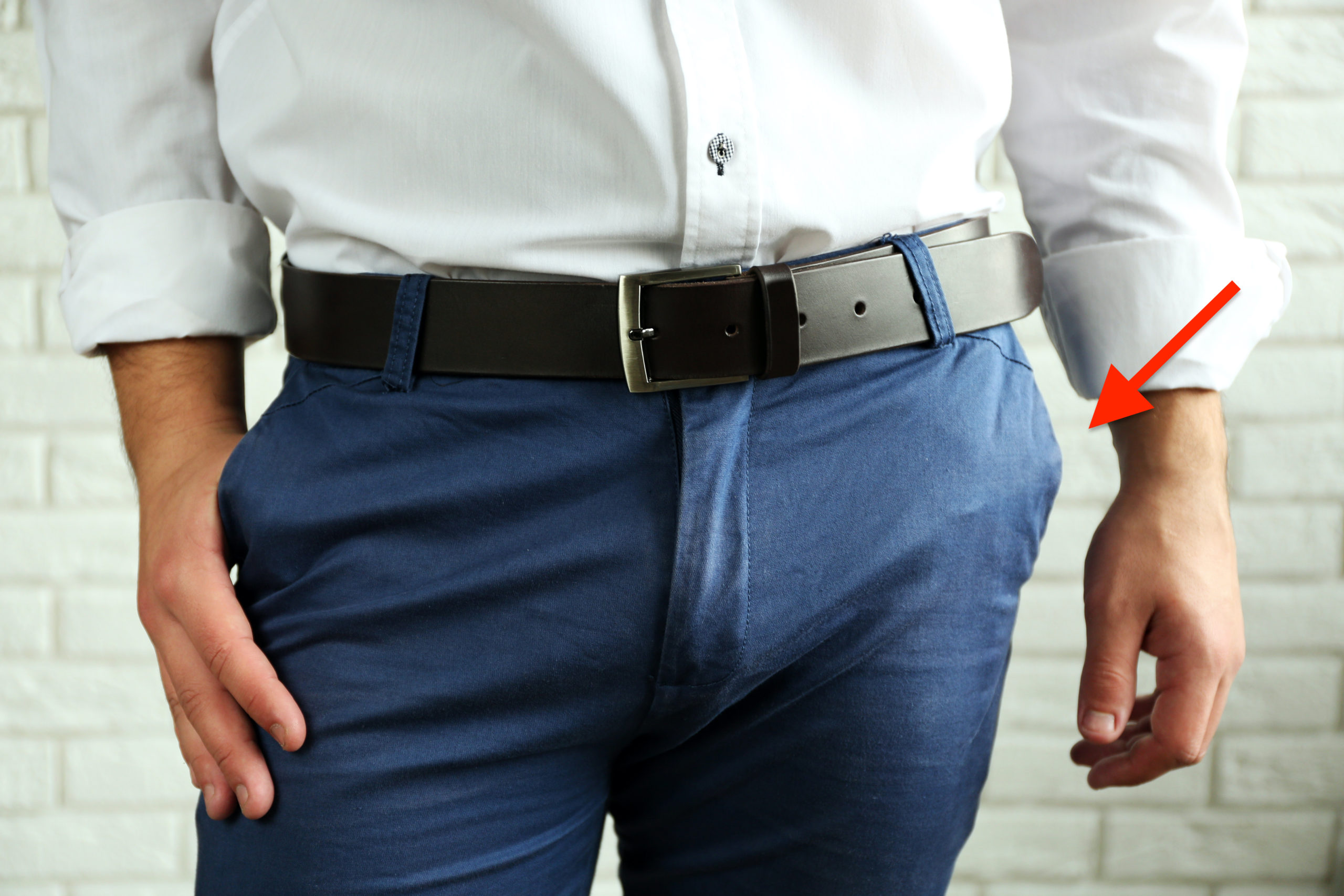Men’s Fashion
The men’s suit has an enduring style in the fashion world. One well-fitted suit can serve any occasion, from a best friend’s wedding to an on-the-job interview. Style up or tone down your suit for the occasion with the appropriate shirt, accessories, socks, and shoes.
When you see the right suit, fitted correctly, you know it. It doesn’t matter if the wearer is young, old, athletic, or stout, a great suit never fails to deliver an air of ease and composure.
The Golden Rule
Every Great Suit Starts With Its Fabric
The look of a suit comes from its structure. And that comes entirely from the designer and his or her choice of fabric. The right fiber and fabric creates excellent “drape”. This means clothes that hold their shape beautifully, and follow the form of your body effortlessly.
But looking good is just one element of a suit. The right fabric also plays a major role in comfort, durability, and price. The chart below covers the pros (and cons…) of the most common fabrics used in suits. With excellent drape, color, flexibility, breathability, durability, (and versatility) – it’s easy to see how the investment in a single wool suit will meet your needs no matter the season or occasion.

Why 100% Wool
Winter or summer, inside or out, casual or formal, if you want to look your best, buy the best. And as the chart shows, that’s a suit made from 100% wool.
Polyester doesn’t cut it because it doesn’t offer the right drape or deep color.
Linen, which can look great for a southern summer photo op, quickly wrinkles and absorbs sweat leaving you looking saggy and feeling swampy. Let’s look closely at why the fabric of your suit is the most important choice you can make.
The Look: Be Brilliant When It Comes To Color
Top designs from Tom Ford, Paul Smith, and Hugo Boss use wool in their suits because wool fibers absorb dye deeply and uniformly. This provides intensely rich colors and shades that won’t fade over time.
The Feel: You Want A Suit That Moves With You
That boxed in feeling of a poorly made suit is in part due to the fabric. Wool’s springlike fibers allow the material to stretch and bend easily. Whether you’re getting down on one knee, or getting down on the dance floor, you want a suit that moves with you.
The Comfort: Always Keep Your Cool
In September, you’re headed to a sunny Malibu beach wedding. In December, it’s a cold cab ride to a midtown Manhattan meeting. In either environment a Merino wool suit breathes to help you look and feel cool and comfortable.
The Value: That Brand New Look For Longer
People mistake wool suits as high maintenance, but wool suits look better longer because wool fibers can bend up to 20,000 times before breaking. Their fibers also overlap like shingles on a roof, keeping dirt on the surface of the fiber vs. absorbing it internally, making it easier to clean. Yes a wool suit commands a premium price, but the lasting style, brilliant color, and ability of a wool suit to stand up to wear and tear–and still look great means you can count on it as a go-to time and time again.



HOW TO FOCUS ON A GREAT FIT: STRUCTURE
Suits have been a mainstay in men’s fashion design over the years for so many reasons – but a solid structure cannot be ignored. The structure of a great suit creates strong shoulders. From there, streamlined lapels and buttons narrow the body of the suit at the waist. Finally the taper of the pants makes the transition from hip to ankle. Simple right? Let’s look at things that often go wrong and what you and any reasonable tailor can do to make things right.
1. SAGGY SHOULDERS
A jacket or sport coat should fall clean off your shoulder, with a slight amount of shoulder coming out beyond the armhole.
If the fit isn’t right, there are two sure signs. The first, called shoulder sag. happens when the jacket’s shoulder width is bigger than your shoulder width. The opposite is called shoulder bite. This happens when the shoulders are too tight. Look for a pinch or divot at the top of the sleeve where the arm meets the jacket.

How to fix it: If you notice shoulder sag or bite try a different size. It’s a more complicated adjustment for a tailor and will probably be expensive.
2. COLLAR AND CHEST GAPS
Your jacket collar should always lay clean and tight against the back of your neck. The lapel of the coat should also lay flat against your chest.
Check the mirror for a space between the collar of your jacket and the collar of your shirt. This is called a collar gap. Also look down the collar to the lapel. Any bulge between your jacket and shirt is called a chest gap. Either of these is a sure sign that you are wearing the wrong jacket.

How to fix it:Best bet is to try a size up or down or try a different brand. A good tailor will be able to fix a small gap. If this is a common issue for you, a custom suit might be your best bet.
3. COLLAR ROLLS BEHIND THE NECK
A suit should fit across the back of your shoulders perfectly smooth. There should be no horizontal crease or bulges in the fabric across your shoulder blades. If there is, it’s an easy-to-fix issue tailors call collar roll.
Collar roll happens on a suit for two reasons–either your posture doesn’t match the slope of the jacket or you may have high shoulders. Both of these issues are common.’

How to fix it: Get it tailored. Collar roll is a common fix that usually just involves adjusting the slope of the shoulder.
4. POCKET POP
It’s critical that your pant pockets lay flat and clean against the side of your hip. Popping pockets are a sure sign that the seat is too tight or the stride doesn’t offer enough thigh room.

How to fix it: Try sizing up first. If you have a hard time finding pants that don’t give you the pocket pop issue, your best bet is to go custom.
PRO-TIP
We’ll leave you with one pro-tip: A good tailor can fix almost any garment issue. As trends change, bodies fluctuate, and garments go through natural wear and tear, having a talented tailor in your back pocket could be just the thing that saves you when your ‘go-to’ suit isn’t fitting quite right.
To learn what to look for in the structure and drape of a suit watch this video.
